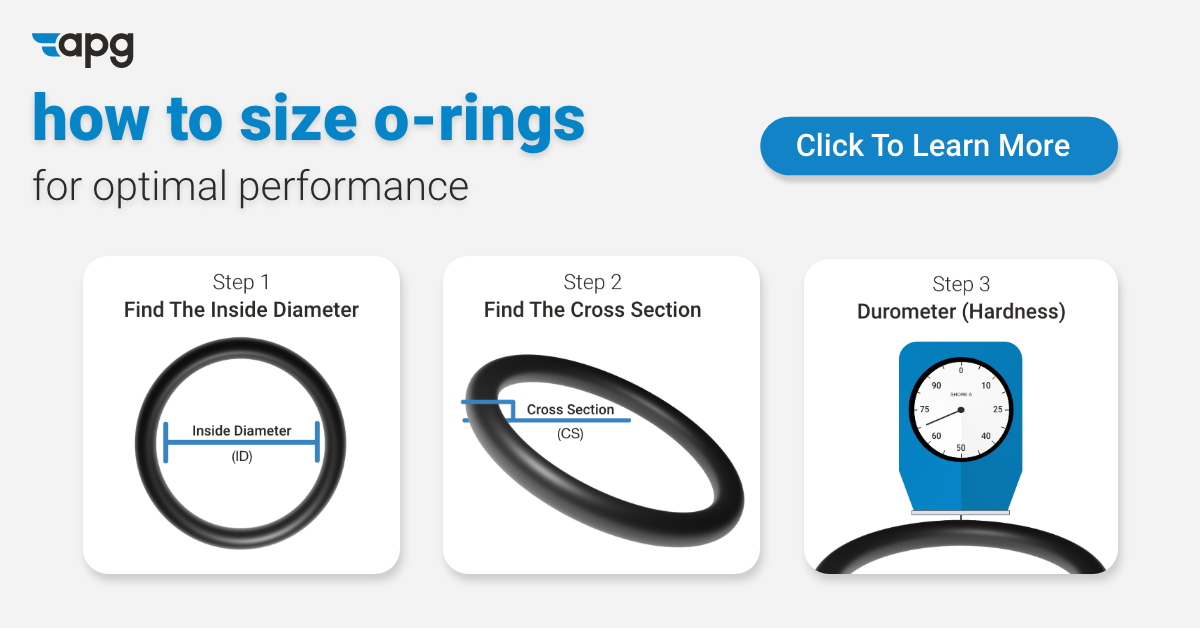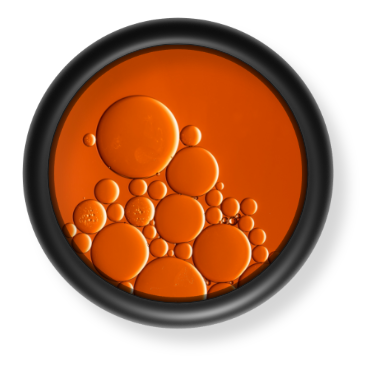Sizing o-rings correctly is crucial for ensuring that they perform their intended function effectively. If an o-ring is too small, it may not create a proper seal, while if it is too large, it may be too loose and may not seal properly. In this article, we'll provide tips on how to size o-rings for optimal performance.
Learn How Weather Can Impact an O-Rings Performance ->
One of the first steps in sizing o-rings is to determine the size of the gap between the two surfaces that the o-ring will be sealing. This gap is known as the "clearance." The clearance should be measured using a caliper or other precision measuring tool. It's important to measure the clearance carefully, as even a small error can have a big impact on the performance of the o-ring.
Once the clearance has been measured, the next step is to select an o-ring that is the appropriate size. O-rings are typically measured in inches, and are available in a range of sizes. To select the right size o-ring, you will need to refer to a chart that provides size recommendations based on the clearance.

There are several factors to consider when selecting the right size o-ring. One important factor is the type of o-ring that you are using. Different types of o-rings have different size recommendations, so it's important to refer to the appropriate chart.
Another factor to consider is the type of material that the o-ring is made of. Some materials are more compressible than others, which can impact the size of o-ring that is needed. For example, o-rings made of softer materials may require a larger size in order to create a proper seal.
Finally, it's important to consider the intended application of the o-ring. Some applications, such as high-pressure applications, may require larger o-rings to ensure optimal performance.
Overall, sizing o-rings correctly is crucial for ensuring that they perform their intended function effectively. By carefully measuring the clearance and selecting the right size o-ring based on the type of o-ring, material, and intended application, you can ensure that your o-rings are sized correctly for optimal performance.









 +1 800-888-5223
+1 800-888-5223






.png)